Overview
Properly maintaining your pocket knife involves regular cleaning, lubrication, sharpening, and careful storage. Understanding your knife's components and regularly inspecting for wear can ensure its longevity and reliability, enhancing your experience as an owner.
Frequently Asked Questions
1. What are the main components of a folding knife?
2. Why is regular cleaning important for pocket knives?
3. How should I lubricate my pocket knife?
4. What are the best practices for storing a pocket knife?
5. How can I fix a wobbly blade on my pocket knife?
The pocket knife is more than just a tool; it's a trusted companion that can last a lifetime if cared for properly. Whether you're an outdoor enthusiast, a craftsman, or someone who just enjoys having a versatile cutting tool at hand, understanding how to maintain your folding knives is essential. In this article, we’ll explore the best practices for caring for your pocket knife to ensure its longevity and reliability.
Understanding Your Folding Knife
Before diving into maintenance techniques, it’s vital to understand the components of your folding knife. A typical pocket knife includes:
- Blade: The main cutting edge, which can be made from different types of steel.
- Handle: The grip, which can be made from materials like plastic, wood, or metal.
- Pivot Point: The crucial area allowing the blade to open and close smoothly.
- Liner Lock or Frame Lock: The mechanisms ensuring the blade stays securely open during use.
Understanding these components will help you identify which areas need special attention during maintenance.
Regular Cleaning: The First Step in Maintenance
Why Cleaning Matters
Over time, dirt, grime, and moisture can build up on your pocket knife. This can impede its functionality, cause rust, and diminish the aesthetics of the knife. Regular cleaning keeps your folding knives performing at their best.
How to Clean Your Pocket Knife
- Disassemble if Possible: If your knife allows for it, take it apart to access all parts thoroughly.
- Wash the Blade: Use mild soap and warm water, avoiding harsh chemicals that might damage the finish.
- Scrub Gently: Use a soft sponge or cloth to remove grit and grime, taking care not to scratch the steel.
- Clean the Handle: Depending on the material, a damp cloth or specialized cleaner may be necessary.
- Dry Thoroughly: Wipe down all parts, ensuring no moisture remains, especially in hard-to-reach areas.
Lubrication: Ensuring Smooth Operation
The Importance of Lubrication
The pivot points of folding knives are susceptible to wear. Lubrication of these areas is crucial in ensuring that the blade opens and closes smoothly and extends the knife's lifespan.
How to Lubricate Your Pocket Knife
- Choose the Right Lubricant: Opt for a light oil designed for knives. Avoid heavy grease that may attract dirt.
- Apply a Small Amount: Apply to the pivot points and any rubbing surfaces. A little goes a long way.
- Work the Blade: Open and close the knife several times to distribute the lubricant evenly.
Sharpening Your Folding Knife: Keeping the Edge
The Importance of a Sharp Blade
A sharp blade not only makes cutting tasks easier but also ensures safety. A dull knife requires more force, which can lead to slips and accidents. By maintaining a sharp edge, you enhance the overall use of your pocket knife.
How to Sharpen Your Pocket Knife
- Choose the Right Tool: Use a specialized knife sharpener, whetstone, or an electric sharpener.
- Angle is Key: Maintain a consistent angle while sharpening (usually around 20 degrees).
- Test the Sharpness: After sharpening, carefully test the edge on paper or your thumb to ensure it's adequately sharp.
Storage: Protecting Your Pocket Knife
The Importance of Proper Storage
How you store your folding knives can significantly affect their longevity. Exposure to elements like moisture, extreme temperatures, and direct sunlight can damage both the blade and handle.
Best Practices for Storage
- Keep It Dry: Store your pocket knife in a cool, dry place to avoid moisture accumulation.
- Use a Protective Case: If available, use a protective sheath or case to avoid scratches and dust accumulation.
- Avoid Humidity: Consider using desiccants or moisture-absorbing packets in your storage area.
Regular Inspections: Keeping an Eye on Signs of Wear
Why You Should Inspect Your Knife
Preventive care extends to regularly inspecting your knife for signs of wear and tear. Early detection can often help in avoiding more significant repair needs down the line.
What to Look For
- Rust or Corrosion: Look for signs of rust on the blade and handle, especially near the pivot and locking mechanism.
- Blade Play: Check if the blade has any side-to-side or up-and-down movement when locked. This could indicate a need for adjustment.
- Handle Damage: Examine the handle for cracks or loose components that could compromise its integrity.
Dealing with Specific Issues
Removing Rust
If you find rust on your blade, act quickly. You can use a rust eraser or fine steel wool to gently scrub the affected area, followed by cleaning and lubrication to restore its functionality.
Fixing a Wobbly Blade
A wobbly blade may require a simple adjustment. Most folding knives come with adjustable screws at the pivot point; make slight adjustments to tighten the screws until the desired tension is achieved.
Going Beyond Maintenance: Enhancing Your Folding Knife Experience
Modifying Your Pocket Knife
For enthusiasts, modifying a folding knife can personalize it and improve performance. Common modifications include custom handles or blade shapes. However, be cautious with these alterations as they could void warranties or affect usability.
Learning About Your Knife's Features
Stay informed about the unique attributes of your pocket knife, including the type of steel used, blade lock mechanism, and the best kind of edges for specific tasks. This knowledge helps you use and maintain your knife much more effectively.
Embrace the Craft: Caring for Your Folding Knives
The art of maintaining your pocket knife is a fulfilling journey that enhances your experience as an owner. By engaging in regular cleaning, lubrication, sharpening, and proper storage, your folding knife will not only serve you effectively but also become a treasured tool that stands the test of time. Take pride in your pocket knife care routine, and enjoy the journey it takes you on, whether it’s a camping trip in the woods or a simple task around the house. Your folding knife deserves the best, and with these tips, you’ll ensure it remains a reliable companion for many years to come!






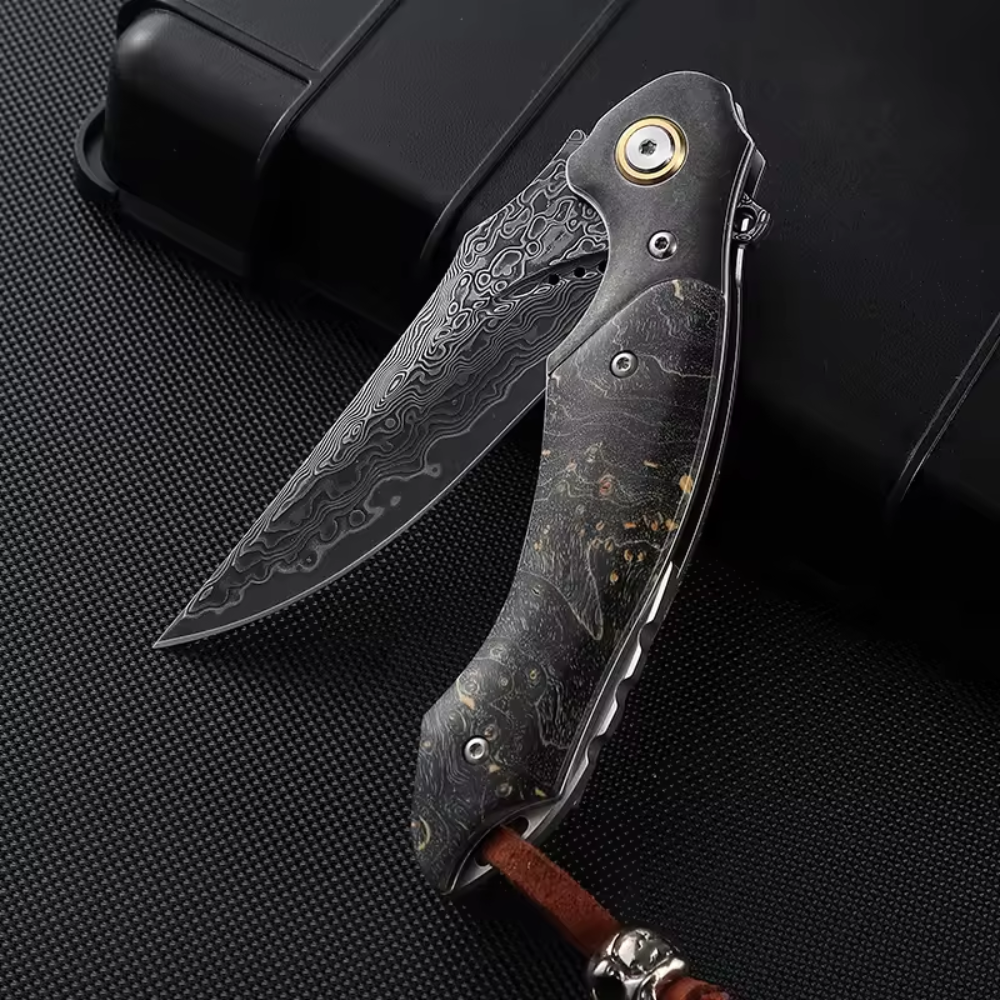

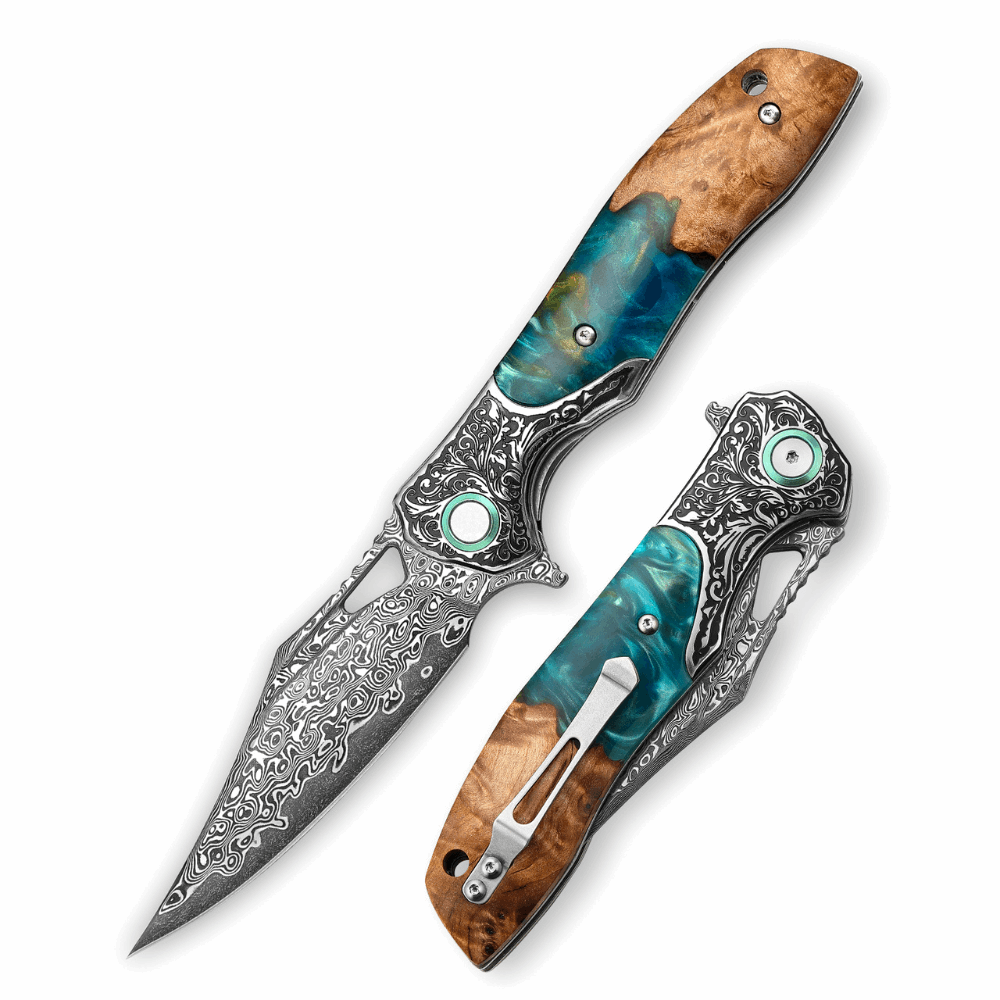
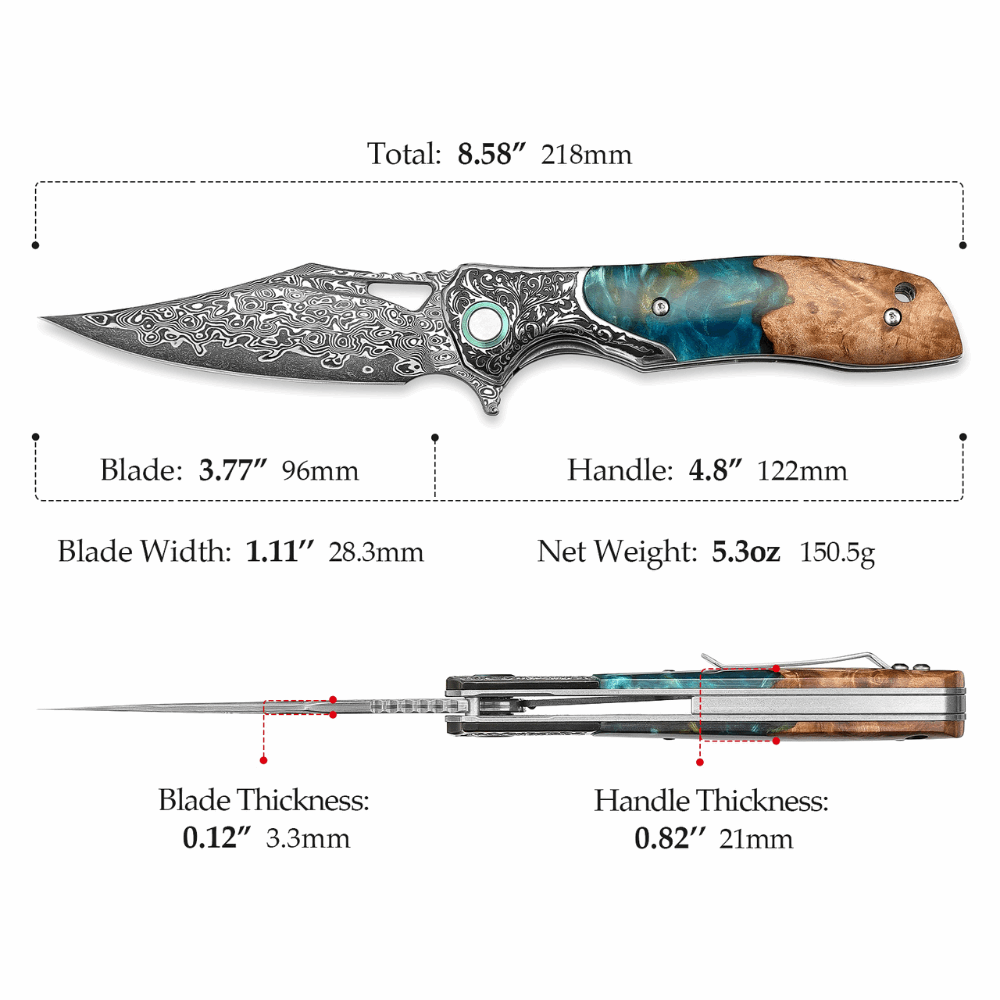
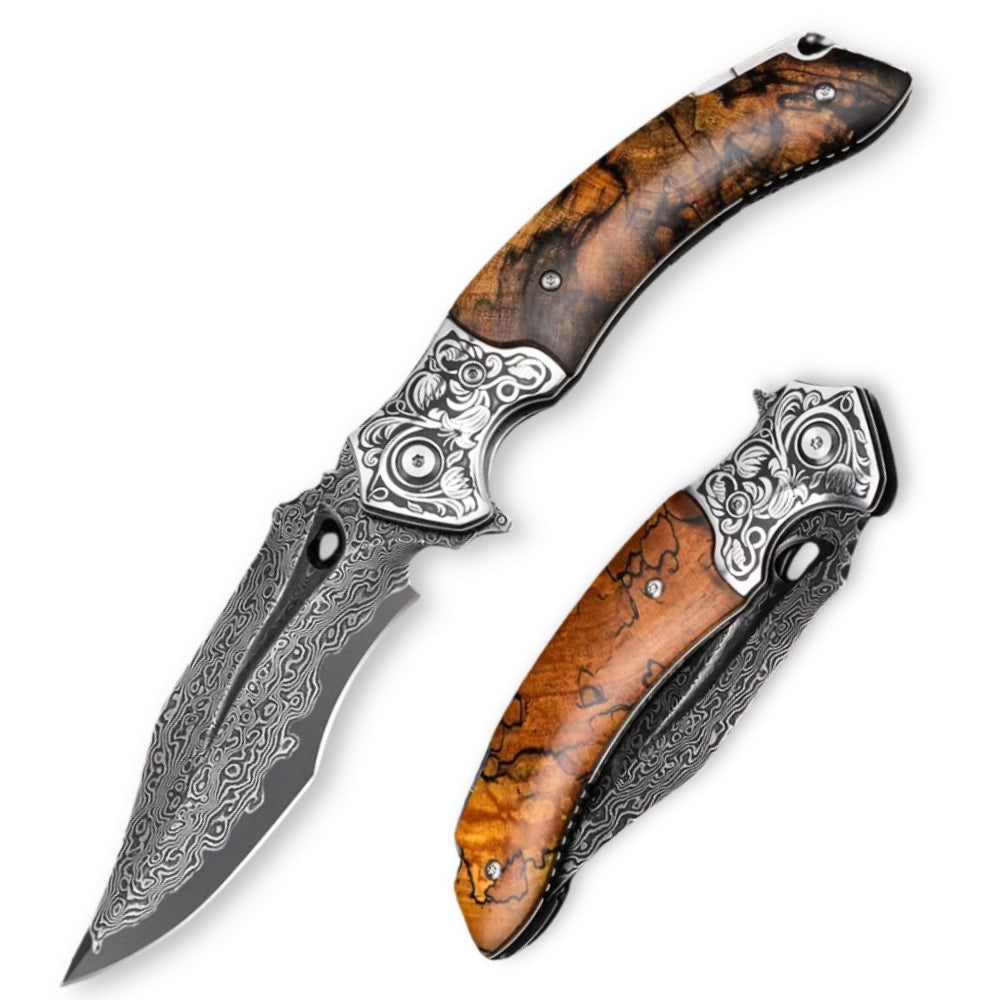

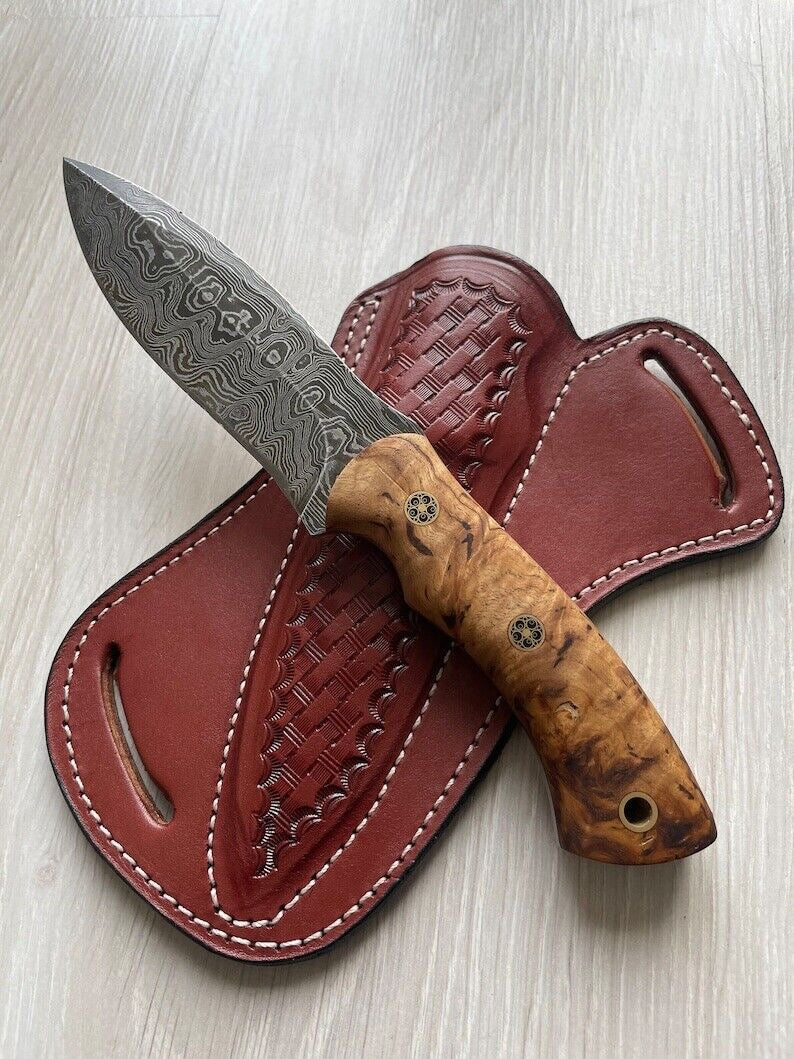
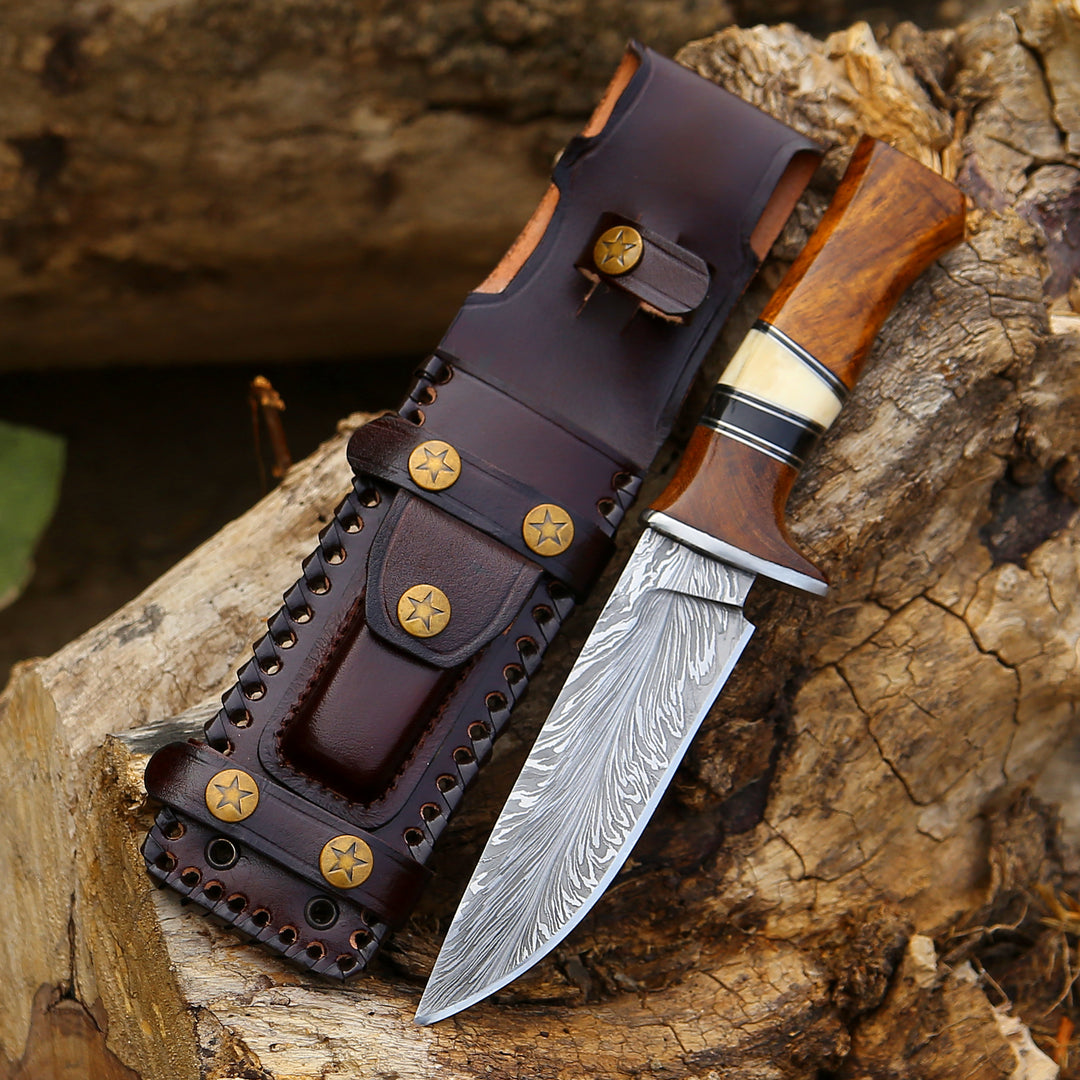

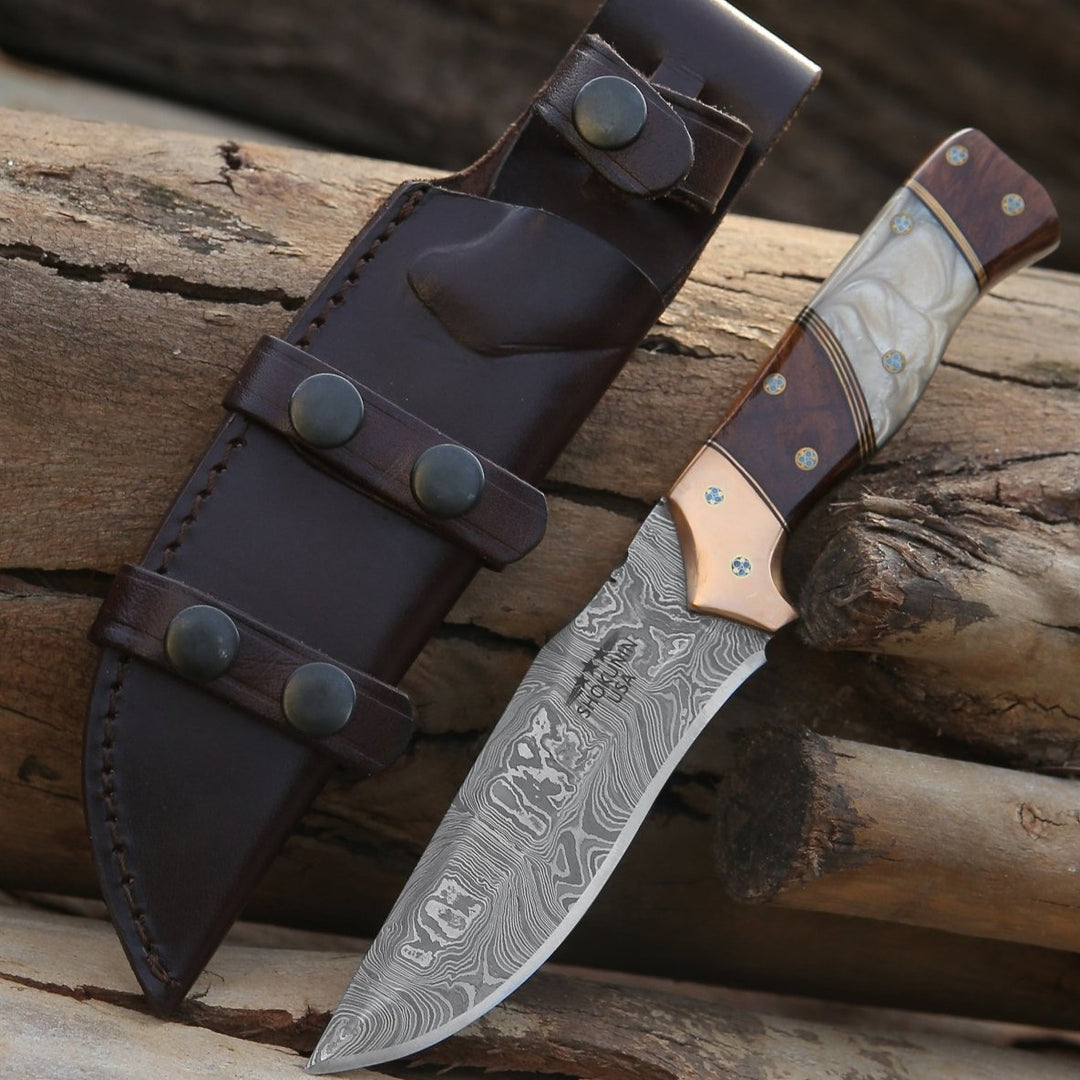
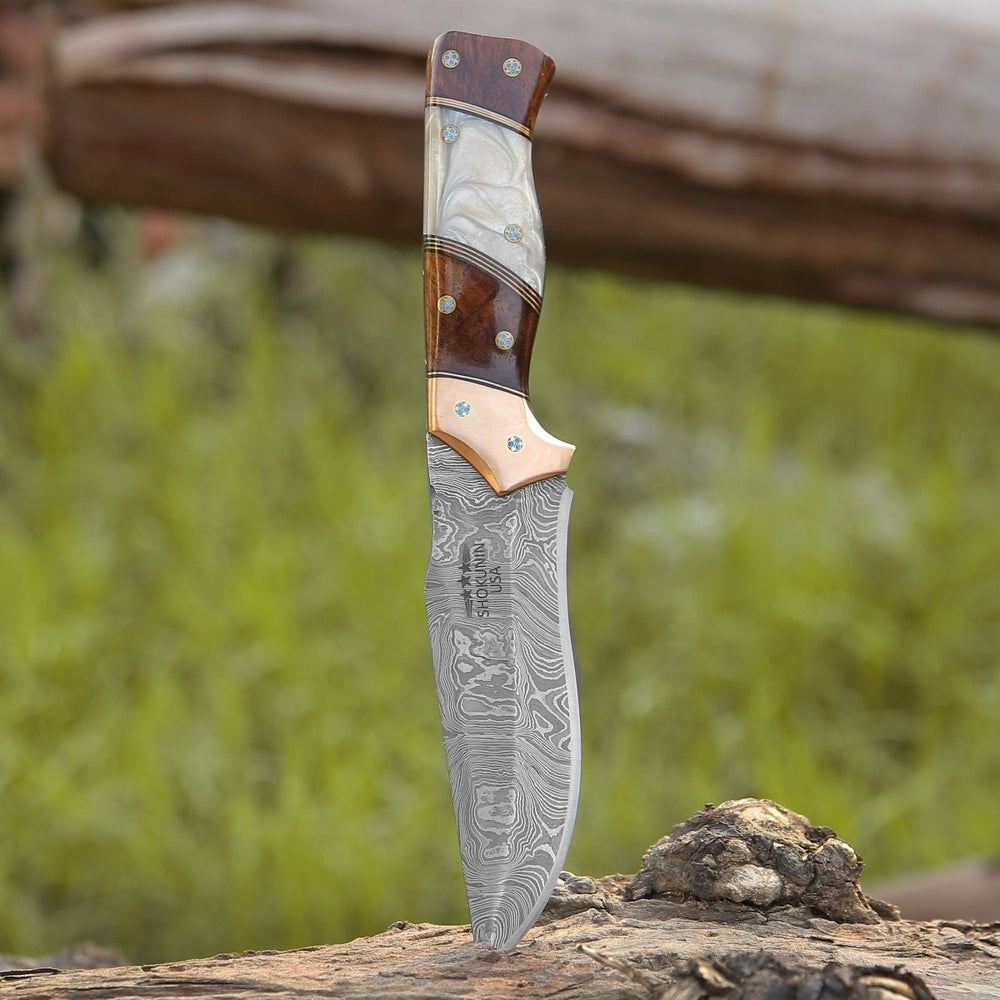
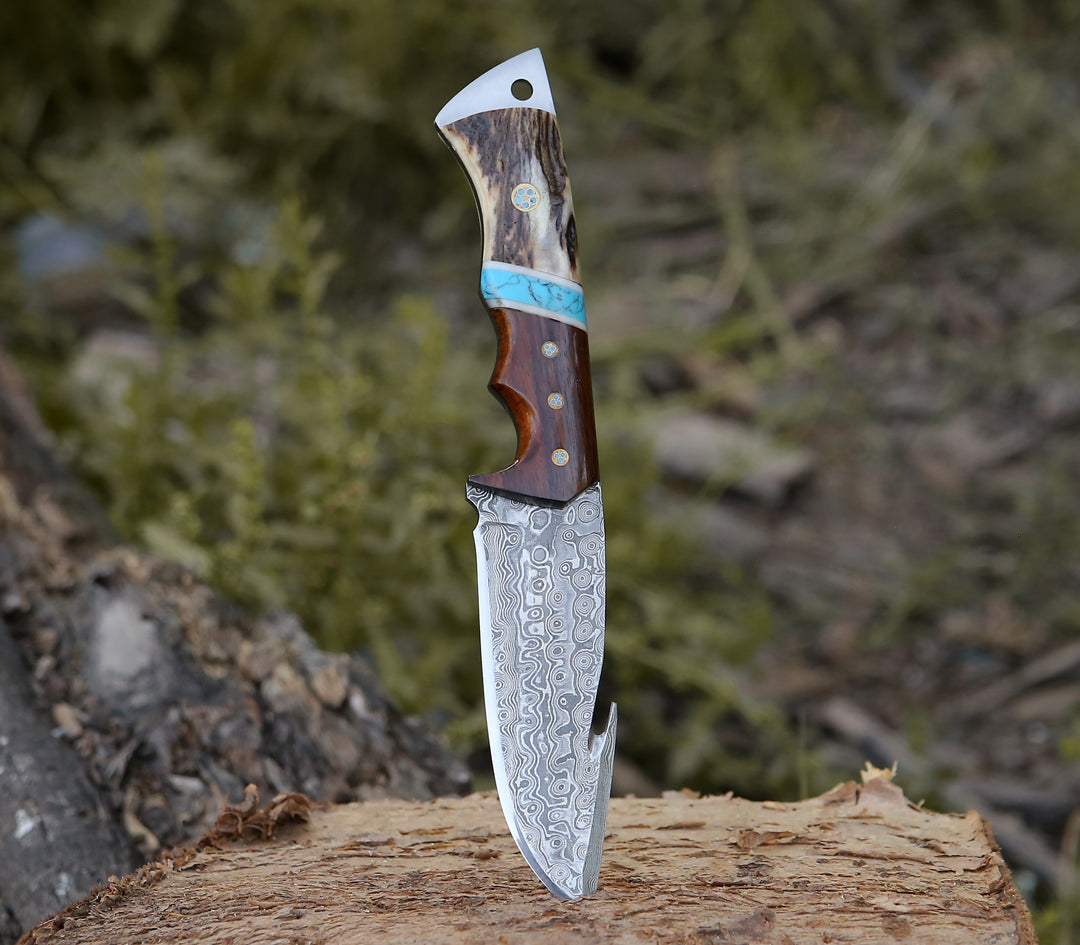
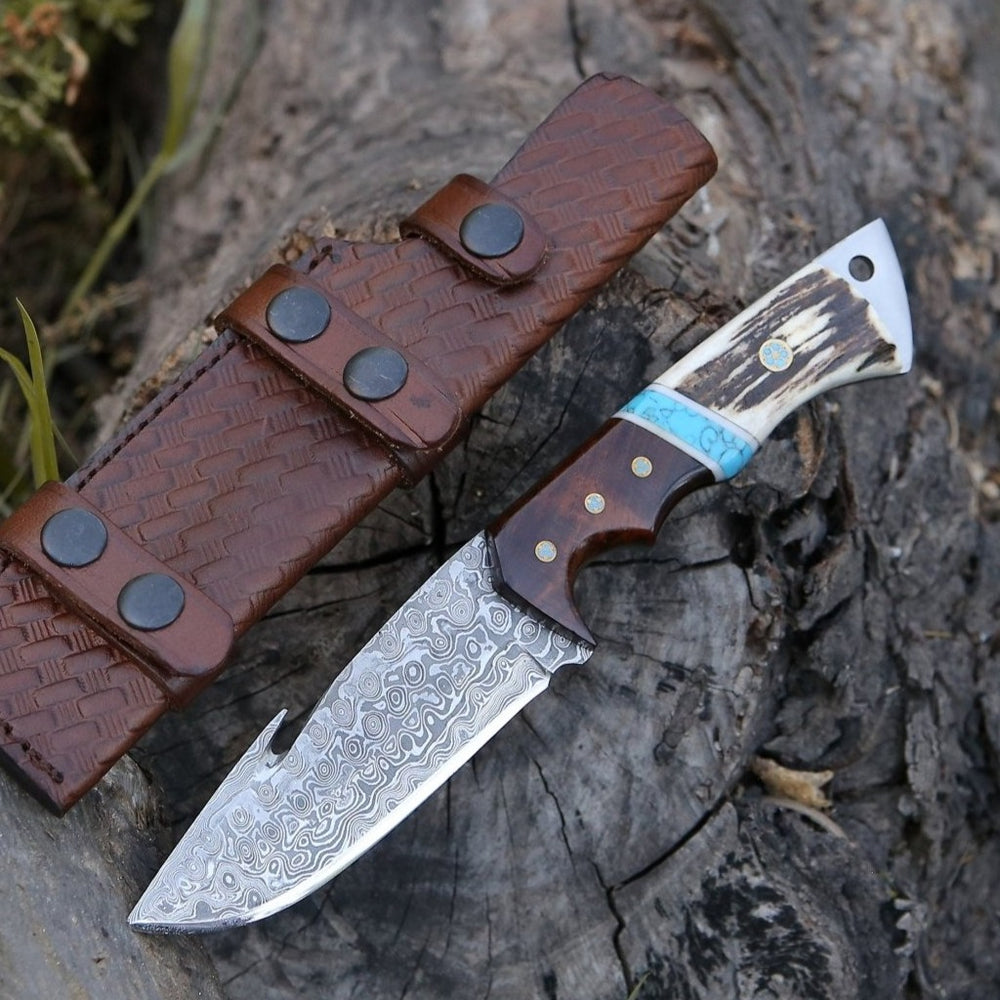
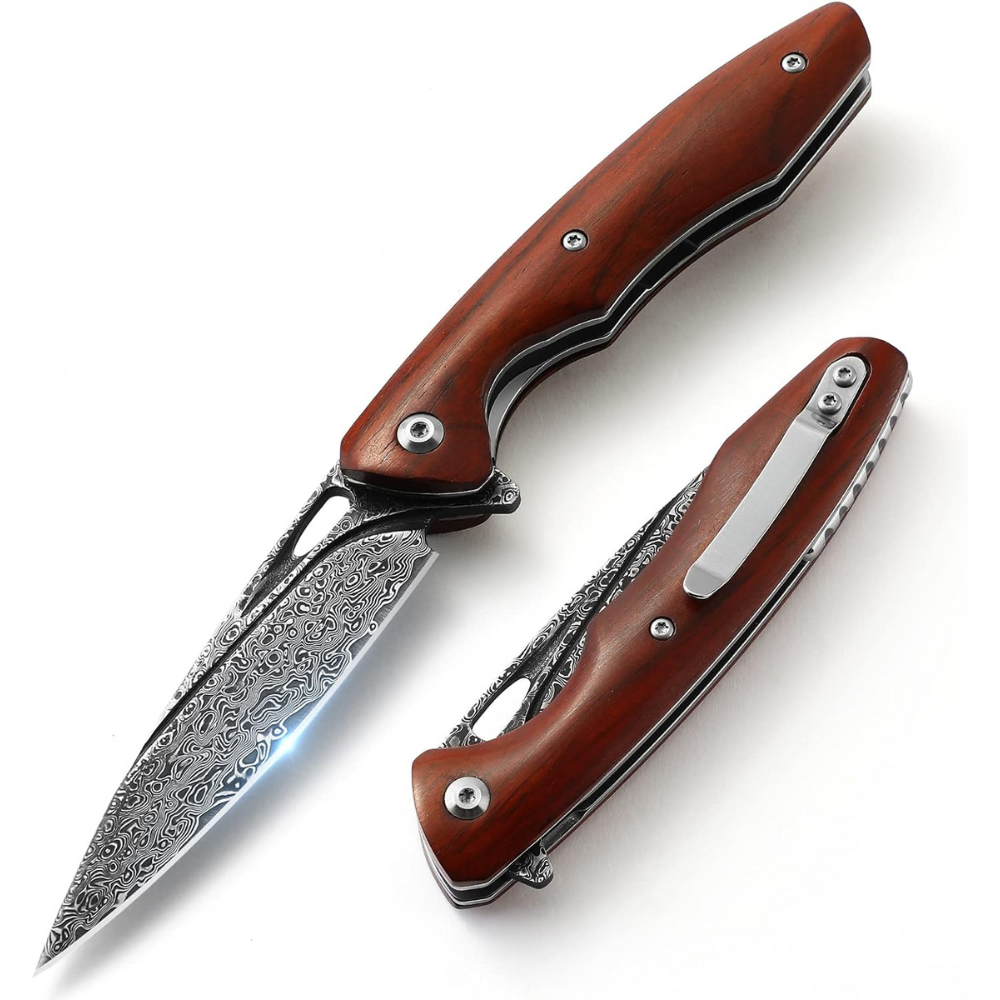
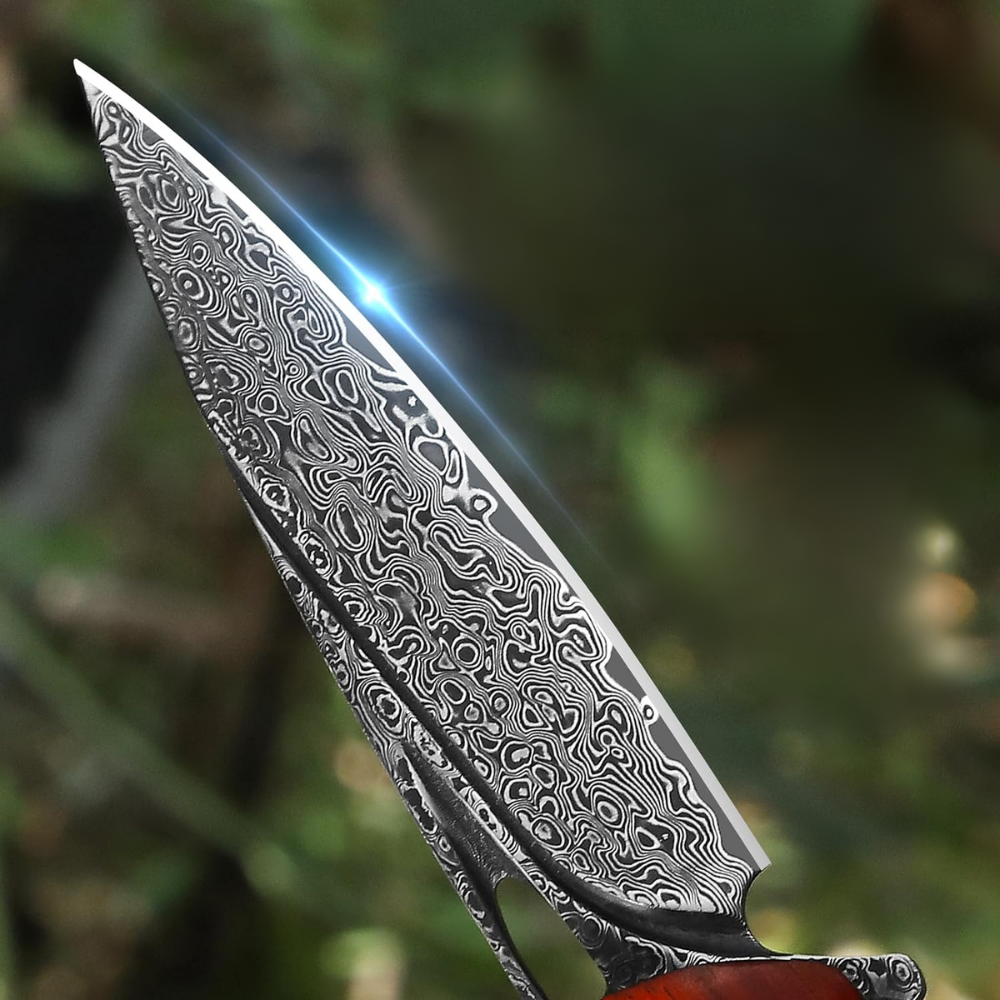
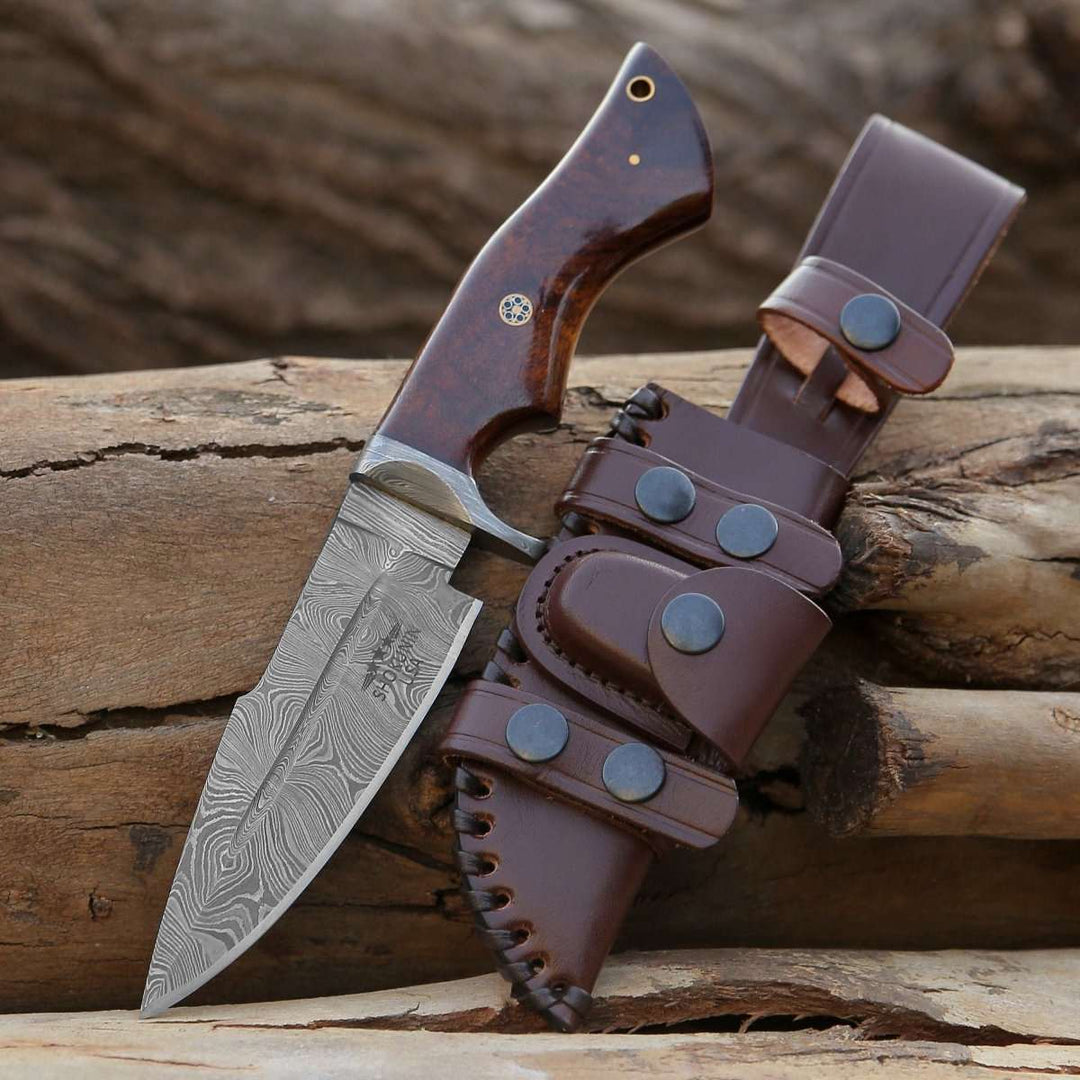
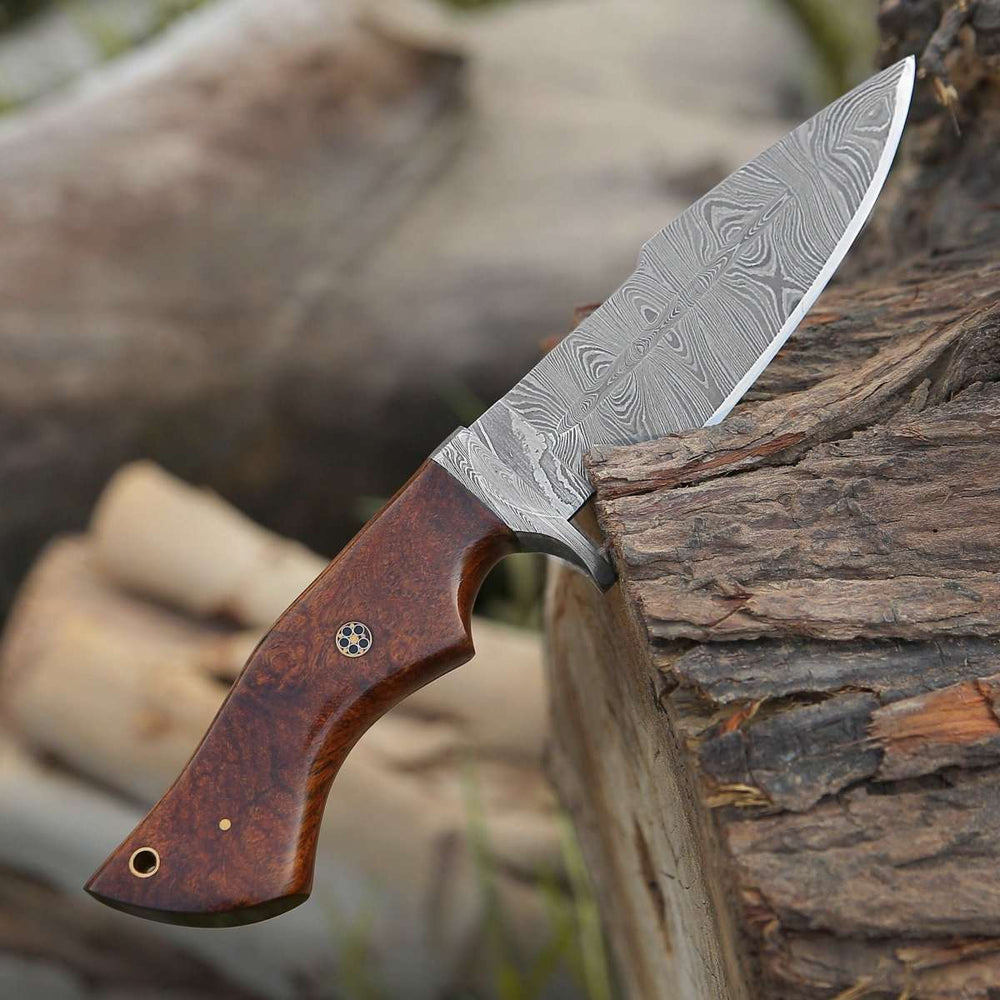
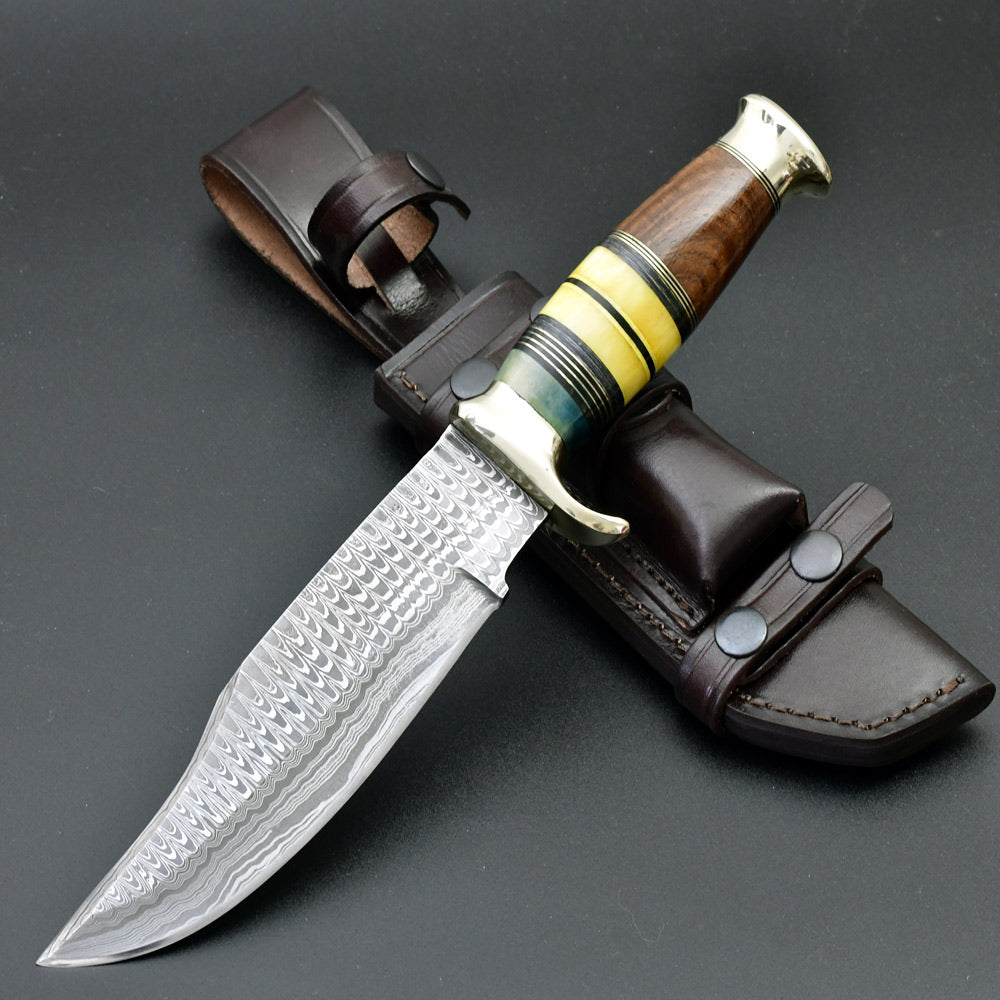

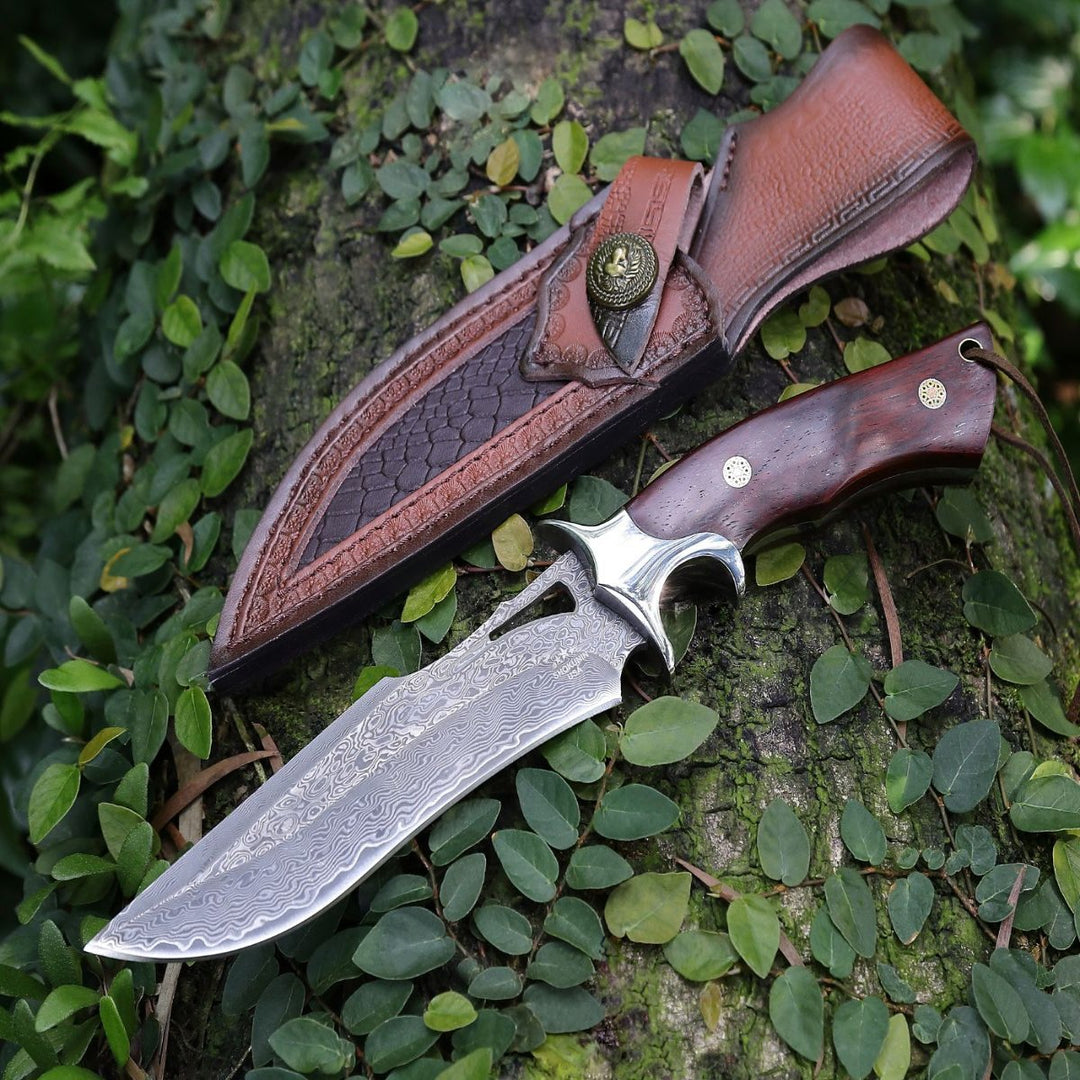


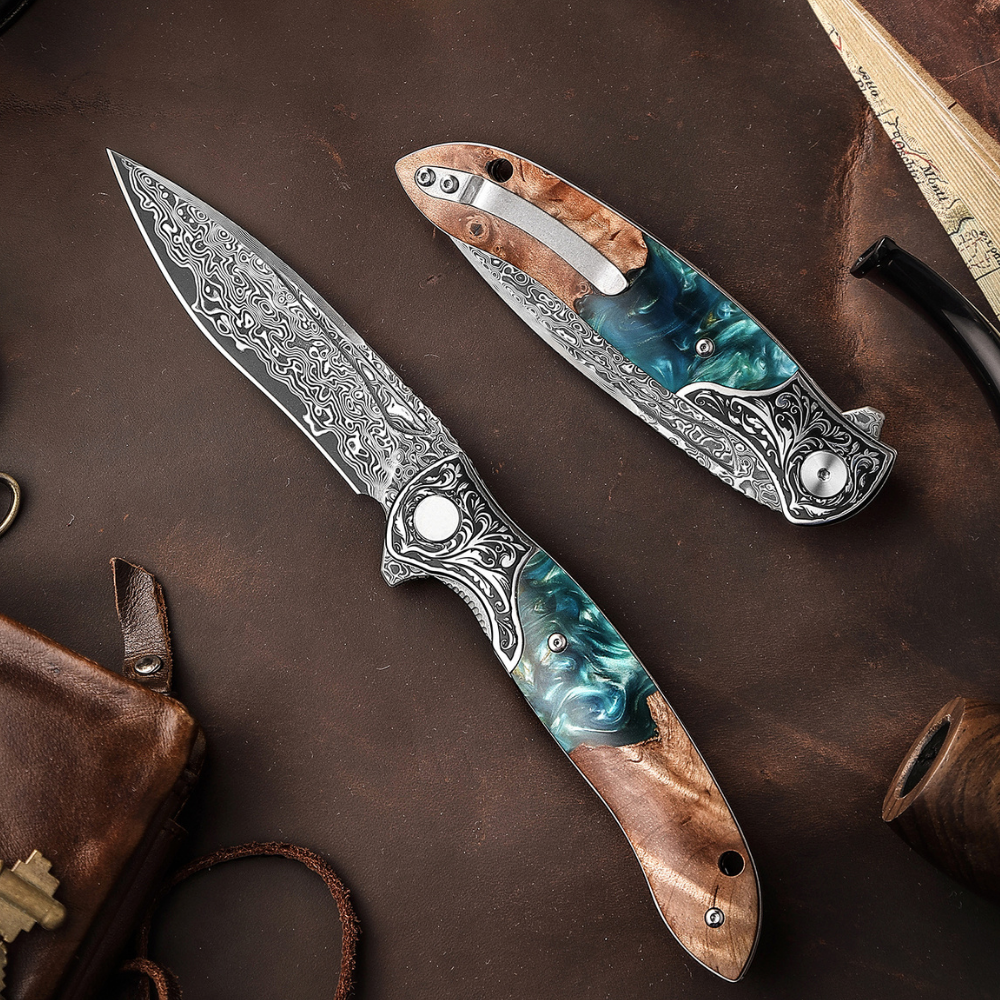
Dejar un comentario